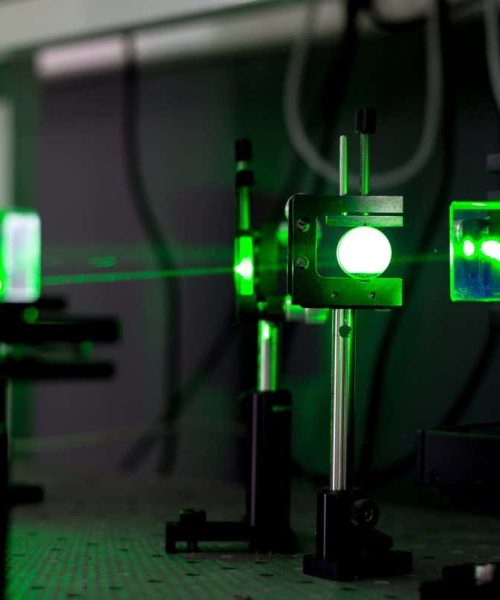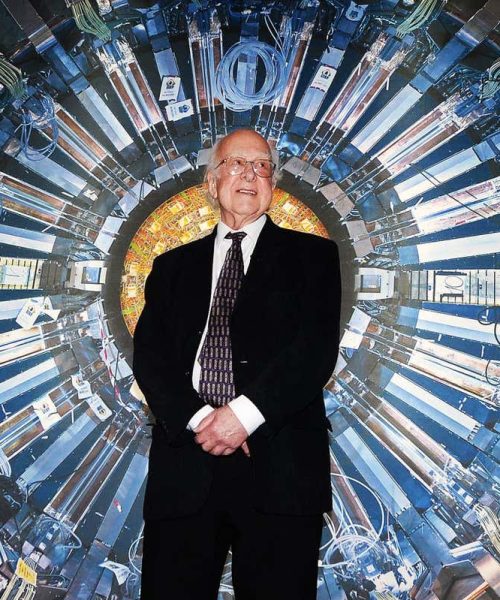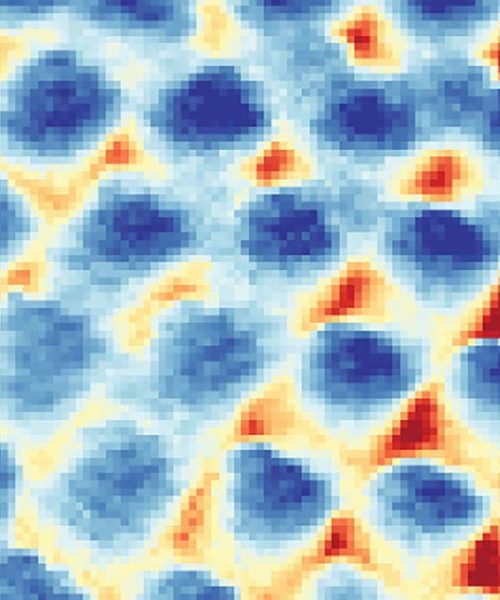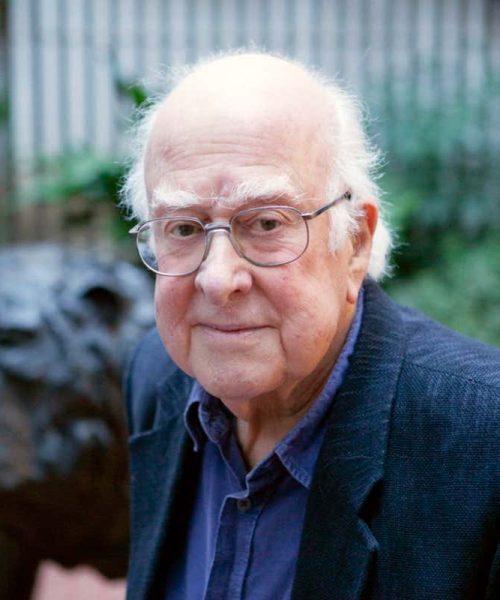
A new simulation reveals an alternative explanation for the moon’s formation. The moon is thought to have formed following a collision between Earth and a Mars-sized object, called Theia. But now Jacob Kegerreis at Durham University’s Institute for Computational Cosmology and his colleagues have used the most detailed supercomputer simulations yet to model impact scenarios of the colliding bodies, with varying parameters including angle, speed and spin. These simulations show a giant impact immediately placing a moon-like body into orbit around Earth, as opposed to previous models that show the moon forming by gradual accumulation of debris from Earth’s impact with Theia. “This opens up a whole new range of possible starting places for the moon’s evolution,” says Kegerreis.
Topics:





